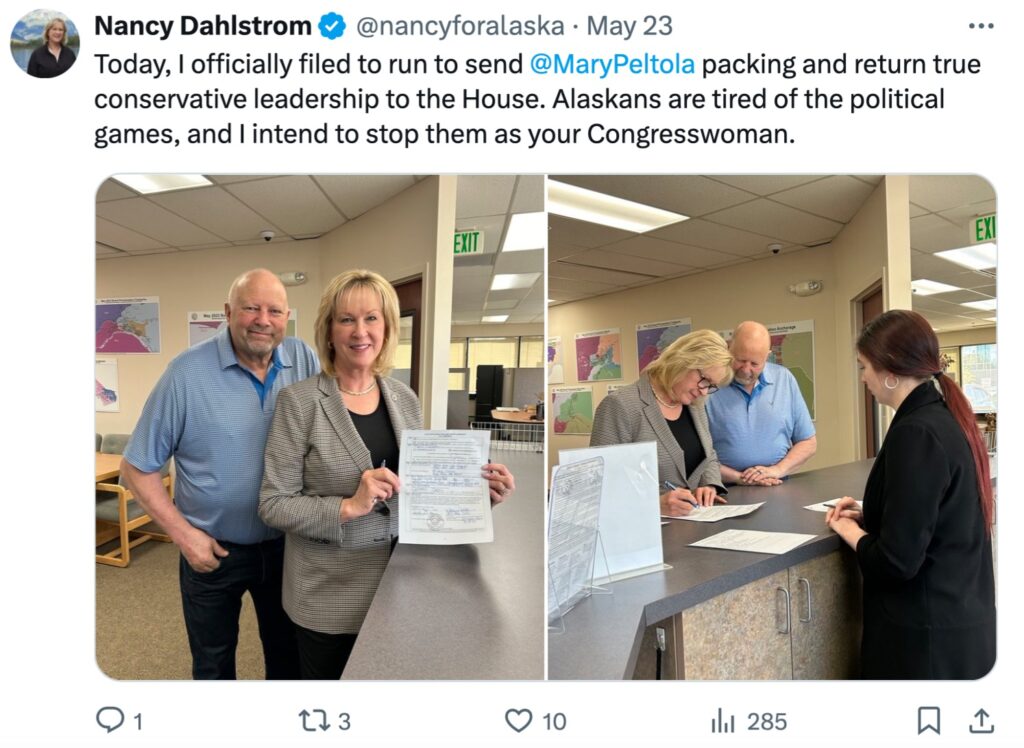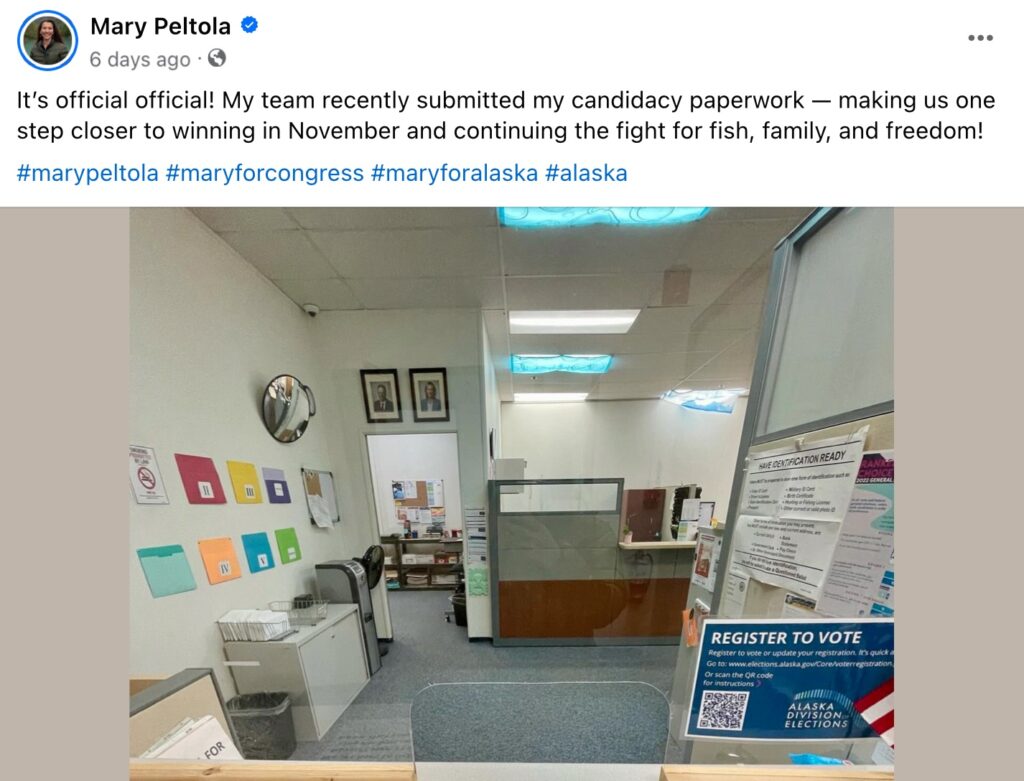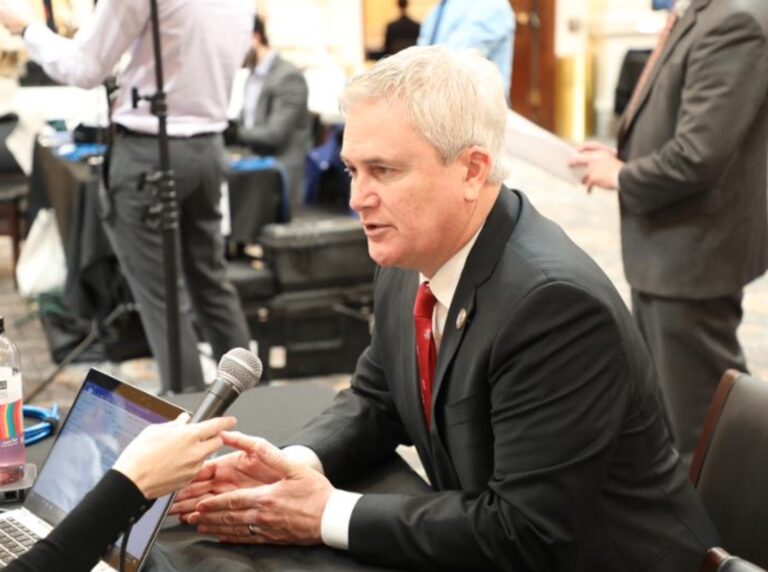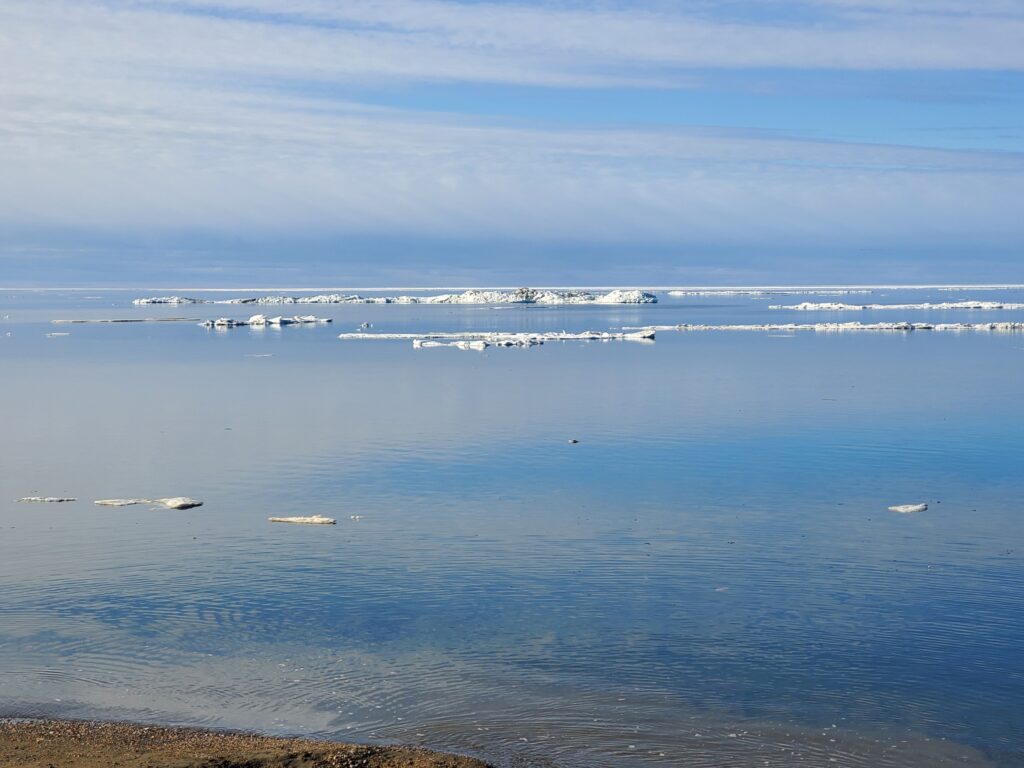Although the Alaska Local Boundary Commission will make the final decision, a proposed new borough in Southeast Alaska for the area around Hoonah received poor marks from the commission staff, who studied the matter.
A group petitioned for the new borough in November. The proposed Xunaa Borough would encompass 10,403 square miles, but would have just 980 residents. That would make it the eighth-largest borough in Alaska, but the third smallest by population, after Yakutat (pop. 687) and Bristol Bay (pop. 844) boroughs. The Xunaa Borough would be Alaska’s 20th borough; the previous borough approved for incorporation was the Petersburg Borough, which became effective on January 3, 2013.
The petition was filed Nov. 27. A 90-day public comment period commenced, followed by hearings, respondent briefs, and petitioner’s brief.
Hoonah is currently part of the Sitka House District 2, but Hoonah in the Hoonah/Angoon Census Area, not inside a borough.
“LBC staff does not recommend adopting the petition in its current form. As identified in this report, there exist substantive concerns about assumed areawide powers and the addition of fewer than 100 residents to the existing population fails to meet the LBC’s constitutional, statutory, and regulatory requirements for borough incorporation,” the staff report says.
In its current form, the petition only meets a few of the commission’s standards, the LBC says. “It essentially trades one local government for another. Further, the borough government would assume very little responsibility for services currently being delivered by the state, diminishing the benefit to the State from borough formation.”
Staff concludes that although the petitioner went to great lengths and expense to advance the proposal, “a more compelling petition would include one or more of the neighboring municipalities of Gustavus, Tenakee Springs, and Pelican, as well as a plan to consolidate school districts, and apportion borough assembly representation to ensure a more equitable distribution of resources throughout the region. There may be a growing desire and purpose for a regional form of government, as new opportunities for economic development continue to emerge. Forming regional governments is also consistent with, and in fact the intention of, Alaska’s Constitution, and is supported by Alaska statutes and regulations.”
But for now, staff writes, there’s no consensus in the area being proposed for a borough, including how cities of Gustavus, Pelican, and Tanakee Springs would operate.
“Though the residents would vote on the proposal, the petitioner’s draft charter does not account for the inclusion of either cities or town-site service areas in addition to the current community of Hoonah. If such a petition were proposed to include these additional three communities, the charter would also need to be amended to ensure balanced representation on a borough assembly and the appropriate delivery of area-wide services,” the staff writes in its report.
The last borough approved for incorporation was the Petersburg Borough, which went into effect on Jan. 3, 2013.

















